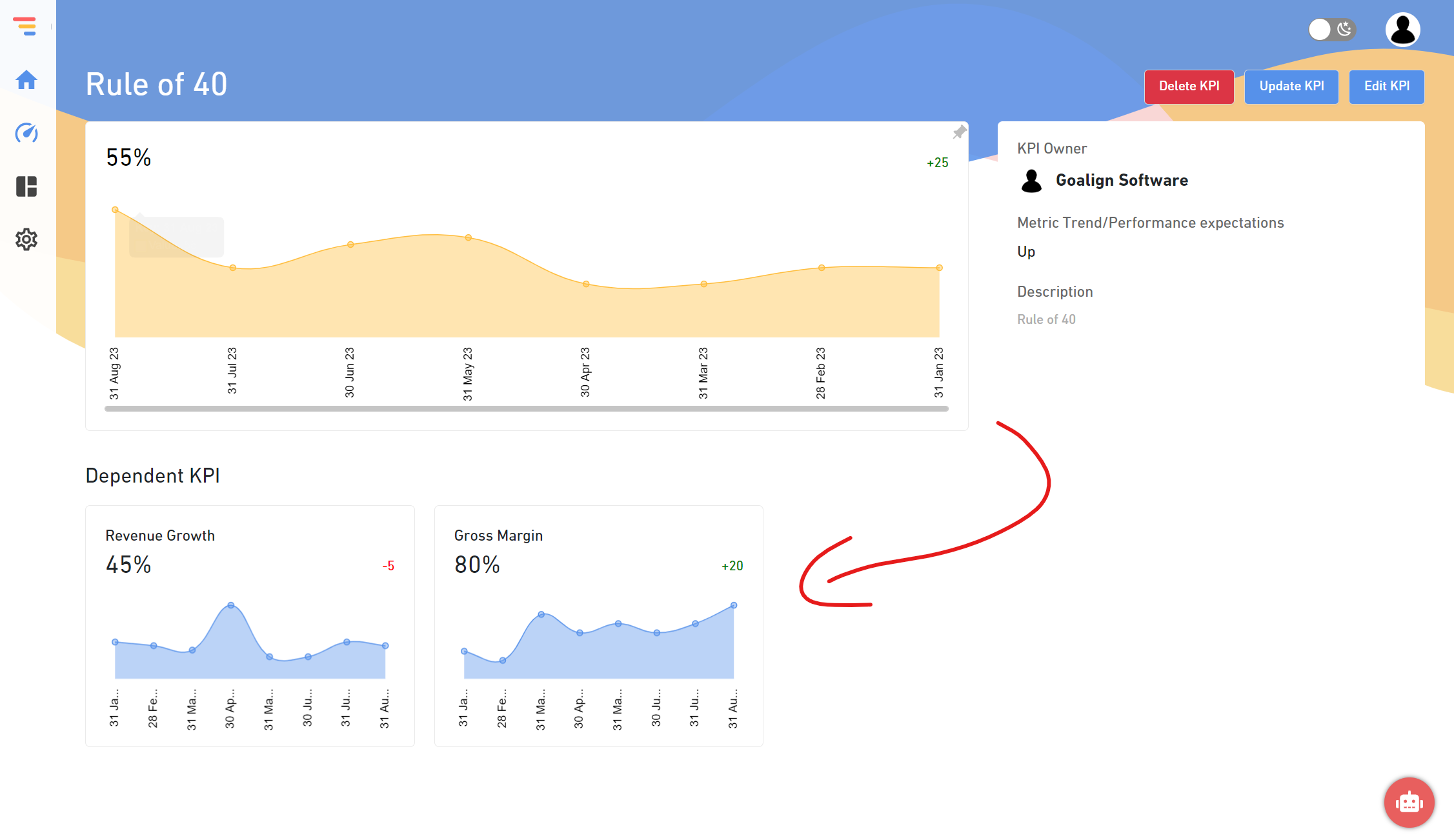Measuring outcomes is essential for every business that wants to expand and adapt. This need has extended across the organization, first in sales, then in employee productivity… and now in the people and talent department. Setting KPIs in human resources is critical to getting the most out of a company’s human capital and reaching the HR department’s strategic goals.
What exactly is HR KPIs?
We must first examine important performance metrics (KPIs) to answer this issue. KPIs are tactical measurements. A key performance indicator (KPI) is a measurable metric to assess a company’s effectiveness in meeting essential business goals. This is different from saying that anything that can be measured is a KPI in HR. KPIs are only measurements that have a clear relationship to the corporate plan.
Human Resources key performance indicators (HR KPIs) are HR measures used to determine how HR contributes to the rest of the company. This implies that a key performance indicator (KPI) in HR assesses how effective HR is in implementing the organization’s HR strategy.
The HR strategy follows the organizational strategy. HR KPIs reflect organizational performance for HR since they are developed based on HR outcomes critical to achieving business objectives. These corporate objectives are often expressed in the Balanced Scorecard.
How to Establish a Key Performance Indicator in Human Resources
Human resource key indicators will be with you for a long time since they assist in measuring the department’s progress, making projections, and so on. As a result, it is critical to define them from the outset. This Visual Strategist video explains the four factors that should be considered:
- Measures: what precisely will we be measuring? This may be the average cost of acquiring each recruit or a percentage indicating how often an employee takes sick absence.
- KPIs assist us in meeting our aims. Thus we must develop one. For example, we may strive to cut sick leave by 2%.
- Source: Understanding where we will acquire information to fulfill our KPIs is critical. This might be a customer relationship management (CRM) system or human resources software.
- Frequency: You must also describe how often you will examine each KPI and create a frequency.
Human Resources’ most common KPIs
KPIs are essential tools for a human resources department, whether used to establish a strategic plan or conduct a human resources audit. Of course, each organization must define it’s own depending on its requirements. Nonetheless, there are several critical human resource indicators that every practitioner in this industry should be aware of.
Below, we discuss the most famous human resources metrics and how they may help you enhance your department’s performance.
1. Levels of employee satisfaction
Is there a pleasant work environment at the company? Are our efforts bearing fruit? The best method to answer these questions is to conduct a work environment survey and then analyze the data to identify issues and make adjustments. The workplace environment is critical in lowering employee turnover, improving employee well-being, and developing corporate branding that will attract fresh talent.
It’s relatively simple to compute by asking workers to rate the work environment on a scale of 1 to 10 and then taking the average of all of their responses.
2. Employee turnover
Employee turnover demonstrates a company’s capacity to retain talent. In other words, it reflects the average length of time an employee remains with the organization, indicating its job stability. However, a high personnel turnover rate also costs the organization money regarding talent loss and recruiting procedures. This might suggest that pay is below market value or that there is a hostile work environment.
How is this determined? This is measured by comparing the number of employees who entered the firm during a specific period to those who remained during the same period. Or, more precisely, the number of workers who leave the organization in a given year divided by the average number of employees in that year. Then divide that number by 100 to obtain your yearly turnover rate.
According to Monster UK, the average employee turnover rate in the UK is about 15% per year, albeit this statistic varies significantly by industry. Employees quit for various reasons, including a desire for a greater wage, discontent with their current position, or a change in an employee’s domestic circumstances beyond the employer’s control.
3. Employee absenteeism rate
According to the Office for National Statistics, an estimated 141.1 million working days were missed in the UK in 2018 due to illness or injury. This amounted to 4.4 days per employee. In 2018, the four most prevalent absence causes were mild ailments (coughs and colds, musculoskeletal difficulties, and so on).
This KPI may assist HR staff in predicting absences or identifying issues with how the organization works. Furthermore, we can assess the financial effect of scarcity by determining the average value of each hour worked.
Allowing workers to use a digital absence management system gives them insight into their absence history and may help minimize absenteeism. When working on team projects, making their colleagues’ legitimate absences visible boosts team spirit and bonding.
4. Average time to hire
How long does it take to find a candidate when you post a job advertisement? Access to analytics like these is critical if you want to improve and save your firm time and money. The average recruiting time is the number of days that pass from when a position is posted, and the new hire begins at the firm. The smaller this number, the better.
To gather this information, for each selection process, count how many days pass between the time the position is posted and the day the new hire begins, then compute the company average. Naturally, certain situations will be more difficult to fill than others, so having a diverse sample is preferable.
5. Workplace mishaps
Workplace accidents are another significant HR indicator since they allow you to determine whether your occupational health and safety policies are being executed appropriately and effectively. Because this information is susceptible in some businesses, it should be included in the department’s scorecard. This data represents the total number of accidents resulting in harm per million hours worked minus the number of employees exposed to hazards.






